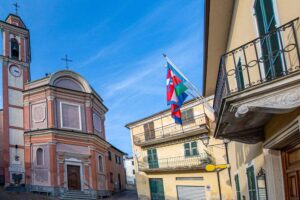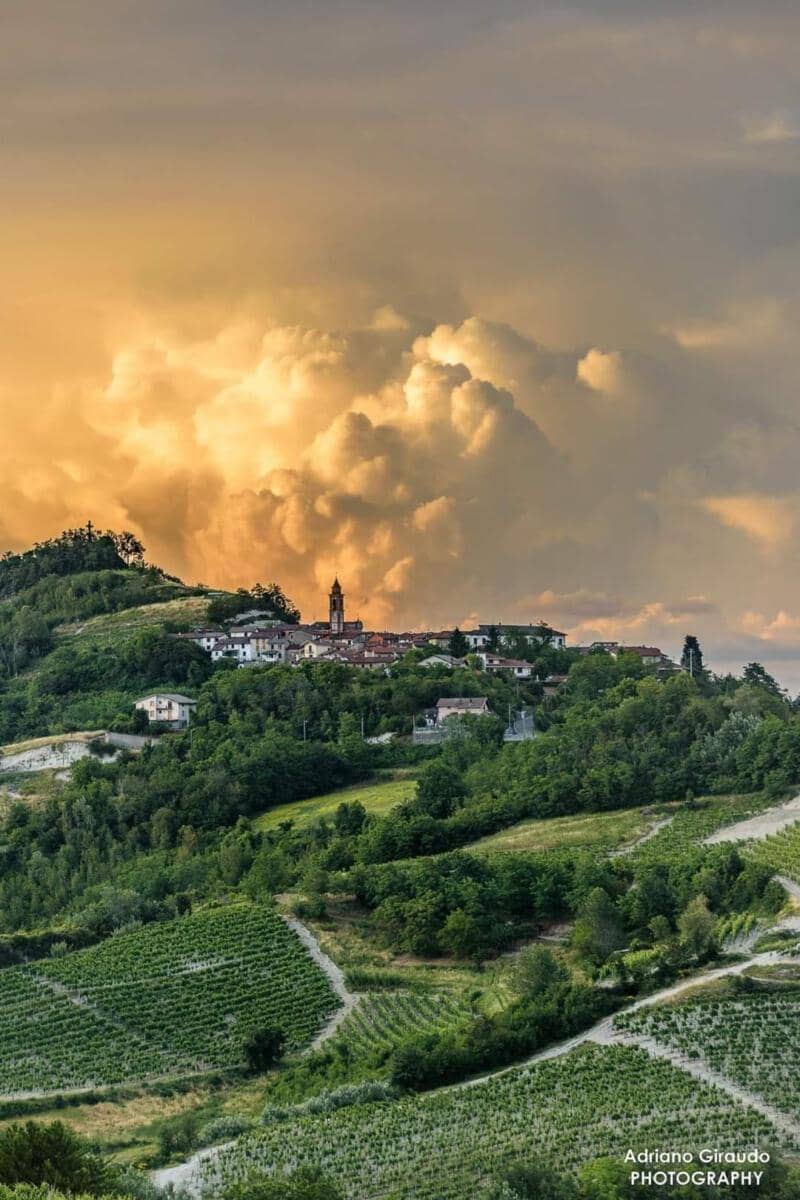The name Palode first appeared in 973, then around the year 1000 the site took shape and was given to the monks of Santa Maria di Castiglione (Parma) who reclaimed the marsh and built San Remigio by opening an outlet to the Albedosa stream.






What to see in Parodi Ligure
- ABAZIA DI SAN REMIGIO
- PALAZZO GUARCO
- CHIESA PARROCCHIALE SEI SANTI ROCCO E SABASTIANO
- LOCALITÀ REGUARDIA
- CADEPIAGGIO (Frazione di Parodi Ligure) –
CHIESA PARROCCHIALE DEI SANTI REMIGIO E CARLO - TRAMONTANA (frazione di Parodi Ligure) –
CHIESA PARROCCHIALE DEDICATA ALLA NATIVITA’ DI MARIA
The foundation of the Abbey dates back to the 11th century by the Benedictine Monks of Santa Maria di Castiglione and is at the crossroads of one of the most important Marenche routes that descended from the Genoese coast to the Po Valley.
Since the 13th century it has been under the dependence of the Curia of Genoa, and in the 15th century it became a parish.
Built in the 15th century and belonged to the family of Nicolò, who was Doge of Genoa from 1378 to 1383.
It is an interesting complex with an entrance at the end of a cobblestone ramp. The garden wall, with a garret at the corner and in front the courtyard, well, barns and stables.
It was built in 1845 and has very important works inside:
High altar: the palliotto is from the 18th century as are the candlestick-holding steps and comes from the Oratory of St. Sebastian in Voltaggio.
On the altar is a marble statue of the Madonna and Child Jesus by Francesco Fanelli (17th century).
The wooden choir was made by the Candia Brothers in 1864.
The wooden statue of St. Roch and is attributed both for its design and partly for its execution to Antonio Maragliano.
The wooden Statue of the Immaculate Conception is also attributed to Maragliano.
It is the highest ward in the town, and at the top is a rocky outcrop known as the Castle, on which a gaudy cross was erected in 1929 to celebrate the conciliation between the Italian state and the Catholic Church.
There was once the 18th-century chapel of St. Charles, demolished in 1959, and on whose grounds the parish church was built.
The parish church has an 18th-century altar from the church si San Sisto in Genoa purchased in 1825.
On either side of the altar is a statue of the Immaculate Conception made by Pierre Puget and Filippo Parodi
The pictorial works are Resurrection of Lazarus by John Carlone dated 1651.
Crowning of Thorns by G.B. Carlone, Adoration of the Magi and Miracle of St. Anthony of Padua attributable to a son of Gio.Andrea Carlone.
Madonna of the Rosary (1742) with a strong Maraglianesque imprint attributable to Luigi Fasce.
Processional crucifix placed in the apse and the reliquary bust of Saint Bishop, works of the 1700s.
The two processional groups:
- The Annunciation to be attributed to Agostino Storace a disciple of Maragliano.
- Santa Consolata communicated by Christ to be attributed to Pietro Galleano, a work that comes from the Oratory of Santa Consolata in Genoa.
It was opened for worship in 1869 and replaced the two previous parish churches.
The high altar comes from the Church of Santa Maria delle Grazie in Genoa, and there are two side altars. The work was done by two local artists.
- Madonna Lignea: Luigi Montecucco of Gavi 1843
- Canvas Our Lady of Mercy: Francesco Montecucco 1850.
- The High Altar Cross: Candia Brothers 1869.


























